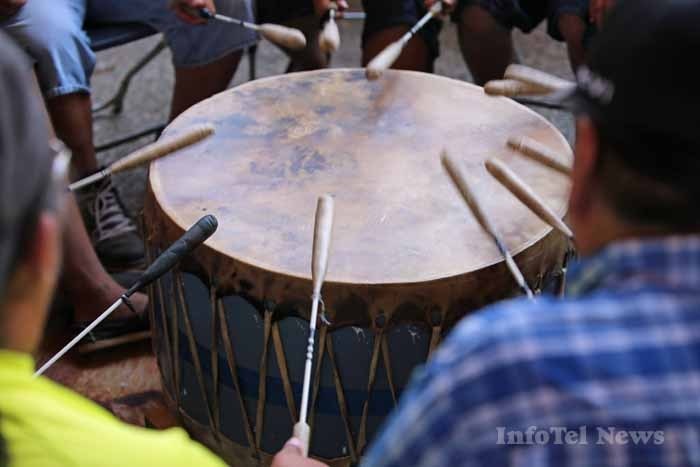
(JENNIFER STAHN / iNFOnews.ca)
May 27, 2015 - 1:00 PM
THOMPSON-OKANAGAN - Tailoring healthcare for the 54,000 First Nations living within the Interior Health Authority will improve the quality of life and health outcomes and ultimately save money by reducing the need for services amongst a population that is overrepresented within the system.
That’s the message behind the aboriginal health and wellness strategy adopted yesterday by the health authority board.
“Aboriginal people have poor health outcomes amongst many different indicators. Our hope is this works toward reducing the health status gap, reduce emergency room visits and hospital admissions. We want to keep them well at home,” director of aboriginal health Bradley Anderson says.
Within the health authority service area, 58 per cent of aboriginals live off-reserve, which includes those living in larger centres, but also the members of the 13 chartered Metis communities, which can be far off the beaten path. The 42 per cent living on-reserve live within seven different nations including Tsilhqot’in, Secwepemc, Dekelh Dene, St’at’imc, Syilx, Nlaka’pamux and Ktunaxa Nations. Almost 1,000 health authority employees have self-identified as being of aboriginal, Metis or Inuit descent.
Anderson says culture, history and geography all play a role in the different outcomes First Nations experience.
“We tend to centralize services and some of these communities are very remote, which is a huge barrier. There’s the historic distrust of government and organizations. We also know that for a lot of the aboriginal population, the importance of culture. We have definitely incorporated tradtional healings,” he adds.
The four-year plan rests on four priorities; improving cultural competency amongst staff, meaningful participation, improving health equity and improving mental wellness, which is of particular importance given aboriginals form just 7.7 per cent of the health authority’s population but make up 16 per cent of mental illness admissions.
“So the question becomes, what are we doing to as a health authority with programming around access and service delivery to reach those marginalized people and is it enough?” Anderson says.
What that means on the front lines is including eight aboriginal patient navigators to work in both acute care and community care settings, plus creating welcoming spaces and incorporating traditional ceremonies at different sites.
The strategy has no specific budget, Anderson says, but also calls for adding six more nurse practitioners to the half-dozen that already work exclusively with aboriginal patients.
However none of this will work without buy-in from First Nations themselves and Anderson says that has been achieved by carefully consulting with them at all levels of the strategy’s development.
“In years past, aboriginal health strategy was a statement about where we wanted to go,” he says. “This sets out goals and objectives that can be measured.”
To contact the reporter for this story, email John McDonald at jmcdonald@infonews.ca or call 250-808-0143. To contact the editor, email mjones@infonews.ca or call 250-718-2724.
News from © iNFOnews, 2015